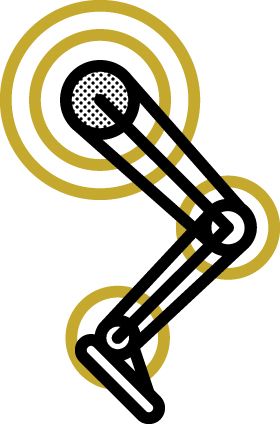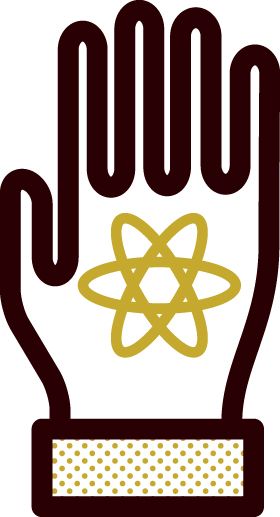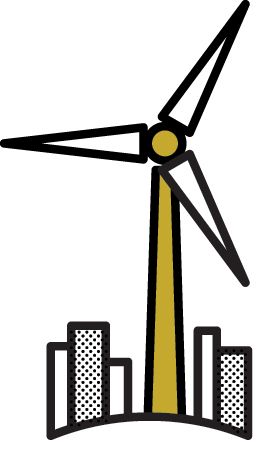10 Tantalizing Tech Milestones to Look for in 2020


 Mind-Controlled Bionic Limbs Will Debut in the Boston Marathon
Mind-Controlled Bionic Limbs Will Debut in the Boston Marathon MIT researchers have developed a way of controlling bionic limbs with thoughts alone. First tried in humans in 2016, the method will be hitting new strides in 2020, when Brandon Korona, a veteran who lost his leg in Afghanistan, uses his new bionic limb to compete in the Boston Marathon. The mind-control technique involves reconstructing muscles near the base of the amputation site and linking them so that the muscles contract and extend in unison. This dynamic interaction and the electrical impulses it generates make it possible for the limb's processor, which controls the bionic joints, to exchange signals with the brain. This exchange tells the brain where a joint is, how fast it is moving, and what size load it is bearing.
 Artificial Diamonds Will Really Shine
Artificial Diamonds Will Really Shine Diamonds can cost a lot, in money and even blood, given the sometimes shady ethics of the trade. A solution may lie in lab-grown diamonds. Production of these artificial gems will ramp up considerably in 2020, when one of the world's largest diamond companies, De Beers Group, opens a manufacturing facility in Oregon that will produce about 500,000 rough carats per year. There, mixed gases and hundreds of chemical substrates will be added to reactors and subjected to high temperatures, transforming carbon into its diamond form. It takes about two weeks to make a 1-carat sparkler, which will retail for about US $800.
 Huge Pumped-Storage Project Breaks Ground in Montana
Huge Pumped-Storage Project Breaks Ground in Montana As the electric grid increasingly relies on wind turbines and solar panels, it requires ever more backup energy to make up for shortfalls on windless or cloudy days. To help address this need, Absaroka Energy will begin construction on a new pumped- storage hydroelectric facility this year, harnessing three massive reservoirs inside the Gordon Butte mountain, in Montana. When electricity is needed, the reservoirs will release water onto three turbine generators below, which together can generate 400 megawatts of electricity. Surplus electricity will be used to pump water back into the reservoirs. The new system uses separate motors to control the pumps, as well as separate turbines and generators. Isolating the components gives the system about 80 percent efficiency.
 Will a Facebook-Backed Cryptocurrency Overcome Legal Hurdles?
Will a Facebook-Backed Cryptocurrency Overcome Legal Hurdles? In July 2019, Facebook and 27 other companies announced plans to release a worldwide cryptocurrency, called Libra. The Libra Association aims to create a safe, stable currency, one that could be especially convenient for the 1.7 billion people globally who don't have bank accounts. However, the announcement has prompted concerns about how Libra might be used for money laundering and the privatization of money, among other issues. The Libra Association says it is taking proper measures for security and data privacy, an assertion repeated by Facebook CEO Mark Zuckerberg at hearings before the U.S. Congress last October. Meanwhile, seven major companies, including PayPal, Visa, and Mastercard, have left the group. But the association says it still plans to roll out Libra in 2020.
 Tesla's 2020 Roadster to Hit the Streets
Tesla's 2020 Roadster to Hit the Streets Here's some news to get any gearhead's heart racing: Elon Musk claims that the 2020 Tesla Roadster will be able to rocket from 0 to 97 kilometers per hour (60 miles per hour) in a mere 1.9 seconds. This new machine- not to be confused with Tesla's 2008-2012 Roadster-will have two motors in the rear and one in the front and offer the option of rocket thrusters powered by compressed air. Aside from the excitement surrounding the Roadster's acceleration and top speed (which will exceed 200 mph), perhaps the most important spec is range. Currently, the longest range of an electric car is around 600 km (375 miles), but the Roadster will be good for 1,000 km (620 miles).
 Rolls-Royce to Fly Record-Breaking Electric Plane
Rolls-Royce to Fly Record-Breaking Electric Plane In the first quarter of 2020, Rolls- Royce will unveil ACCEL, which it says is the fastest all-electric plane ever designed. The company claims its one-seat racing plane should exceed 480 kilometers per hour (300 miles per hour), smashing the current record of 340 km/h, set in 2017 by a Siemens plane. Rolls-Royce and its partners had to monitor more than 20,000 data points per second to optimize the plane's battery system. An active cooling system allows the battery to discharge at high rates. Look to the skies over Britain to see this plane in action.
 Lockheed Martin Takes Another Step Toward Compact, Convenient Nuclear Fusion
Lockheed Martin Takes Another Step Toward Compact, Convenient Nuclear Fusion Controlled nuclear fusion has been the object of many a failed quest over the past 60 years. Though it could go far to solve the world's energy needs, the technical demands of fusion power are stupendous. Lockheed Martin has a patent pending on a reactor design that it says has a real chance at success. The reactor is compact, relying on magnetic fields to confine the hydrogen plasma and on electromagnetic fields to ignite and sustain the plasma. This process causes hydrogen atoms to fuse into helium, releasing torrents of energy. Throughout 2020, the company will test the fifth prototype, T5, which it says is significantly more powerful than earlier versions. The tests will show whether the design can handle the immense heat and pressure from the highly energized plasma inside.
 A New Job for a Robot: Mowing
A New Job for a Robot: Mowing In 2020, the long wait for a lawn-mowing counterpart to the Roomba will finally be over. iRobot plans to launch Terra, which can mow a lawn in straight, even rows without any human oversight. To navigate, the robot relies on a handful of radio- frequency beacons strategically placed throughout the yard, keeping at least three beacons within its line of sight at all times. By measuring the time it takes for signals to travel between itself and the beacons, Terra can locate itself on a preprogrammed map of the lawn. If anyone tries to steal this hard-working robot, antitheft software registers that the machine has left the premises and renders it inoperable.
 GE Unveils a Bigger, Better Wind Turbine
GE Unveils a Bigger, Better Wind Turbine In 2020, GE Renewable Energy will seek certification for its Haliade-X offshore wind turbine, whose rated capacity of 12 megawatts would make it the largest and most powerful on the market. It boasts 107-meter-long blades made of a composite of glass and carbon fiber in a resin matrix. The massive area swept by those blades will let the turbine capture up to 67 gigawatt-hours annually, enough clean energy to power 16,000 households and save up to 42,000 metric tons of CO2. Assuming certification in 2020, sales are expected to commence in 2021.
 Google and Apple Compete for the Attention of Gamers
Google and Apple Compete for the Attention of Gamers Gamers will be busy with two gaming services from Apple and Google. Critical to the new services-which launched recently and are expected to sweep the industry in the coming year-is the expansion of bandwidth, in the form of faster Wi-Fi and the emerging 5G capability, both of which greatly reduce lag. For US $4.99 per month, players can access more than 100 games through Apple Arcade, with more being rolled out each month. Google Stadia is available for $9.99 per month, with the option to purchase additional games at up to 4K resolution and at 60 frames per second. While Google Stadia games can be played on a variety of devices, Apple Arcade is, unsurprisingly, available only on Apple devices.